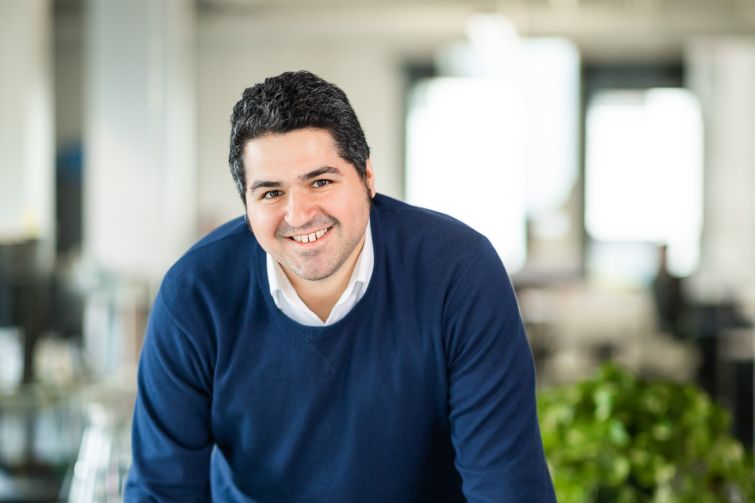Washington, D.C., Taps Buro Happold to Lead Its Clean Energy Push
By Keith Loria February 10, 2023 5:23 pm
reprints
Washington, D.C.’s leaders want a little less conversation and a little more action when it comes to greening the nation’s capital.
So they’ve hired engineering consultancy Buro Happold as the lead consultant on the city’s Clean Energy D.C. 2.0 initiative run by the Department of Energy and Environment (DOEE).
The District’s energy and climate action plan is supposed to provide residents, businesses and government a clear set of actions they can take to reduce energy use and greenhouse gas emissions, and increase awareness about energy efficiency and climate change.
The plan is aimed at fulfilling the city’s goal of being the “greenest, healthiest, most livable city” in the world by 2032. It plays off an earlier plan (sometimes called D.C. 1.0) that Adam Friedberg, a partner at Buro Happold and leader of the firm’s cities team in North America, said lacked the sort of actionable goals the city now wants to achieve a more equitable and sustainable future.
“We started the project in the fall of 2022 and just had our first public meeting, and we’re starting to frame the policies as part of the project,” Friedberg told Commercial Observer. “We’re building off some of the momentum from D.C. 1.0. One of the things the DOEE wants is to make it more actionable.”
Among the benchmarks the updated plan will look at are goals defined in D.C. 1.0 to achieve by 2032, such as cutting greenhouse gas emissions by 50 percent, slashing overall energy use per capita by 50 percent and boosting renewable energy to 50 percent of the District’s energy supply.
The longer-term goal is for D.C. to become carbon neutral by 2050.
“We are in the process of dissecting these targets, but we’re going to be more aggressive, not less aggressive, as certain targets can be more actionable if people can understand what they have to do to meet those targets,” Friedberg said. “One of the most important parts of what we do is to make sure there are immediate action items that can be implemented once the plan is released.”
For instance, he noted the importance of taking advantage of naturally occurring energy — including free heat from the earth and utilizing heat recovery methods — and also advocating for people to walk and cycle more around the District.
Friedberg worked on Sustainable DC, the District’s first sustainability plan, more than a decade ago. He also delivered highly progressive sustainability plans for Los Angeles County and New York City.
“Advocacy is important, working with the regional planning agencies is important, but D.C. doesn’t have the same budget that other cities have, so it’s important that the stakeholders have bought into the process, and D.C. has done a really good job of that in the past,” he said.
He will collaborate with Buro Happold’s cities team of nearly two dozen economists, planners, engineers, resiliency and sustainability experts, social scientists and real estate specialists on the new plan.
The CEDC 2.0 plan defines several primary goals: engaging key stakeholder groups with procedural equity, co-creating an inclusive vision and framework, and supplementing its resulting actionable policy roadmap with metrics on naturally occurring energy resources.
“CEDC 2.0 embraces a new, equity-based approach towards comprehensive energy planning, centering on the needs and perspectives of the people most directly impacted by energy systems and climate change,” Friedberg said. “In this way, it will promote renewable thermal energy, passive design strategies, more active lifestyles, and other clean energy approaches.”
Keith Loria can be reached at Kloria@commercialobserver.com.


